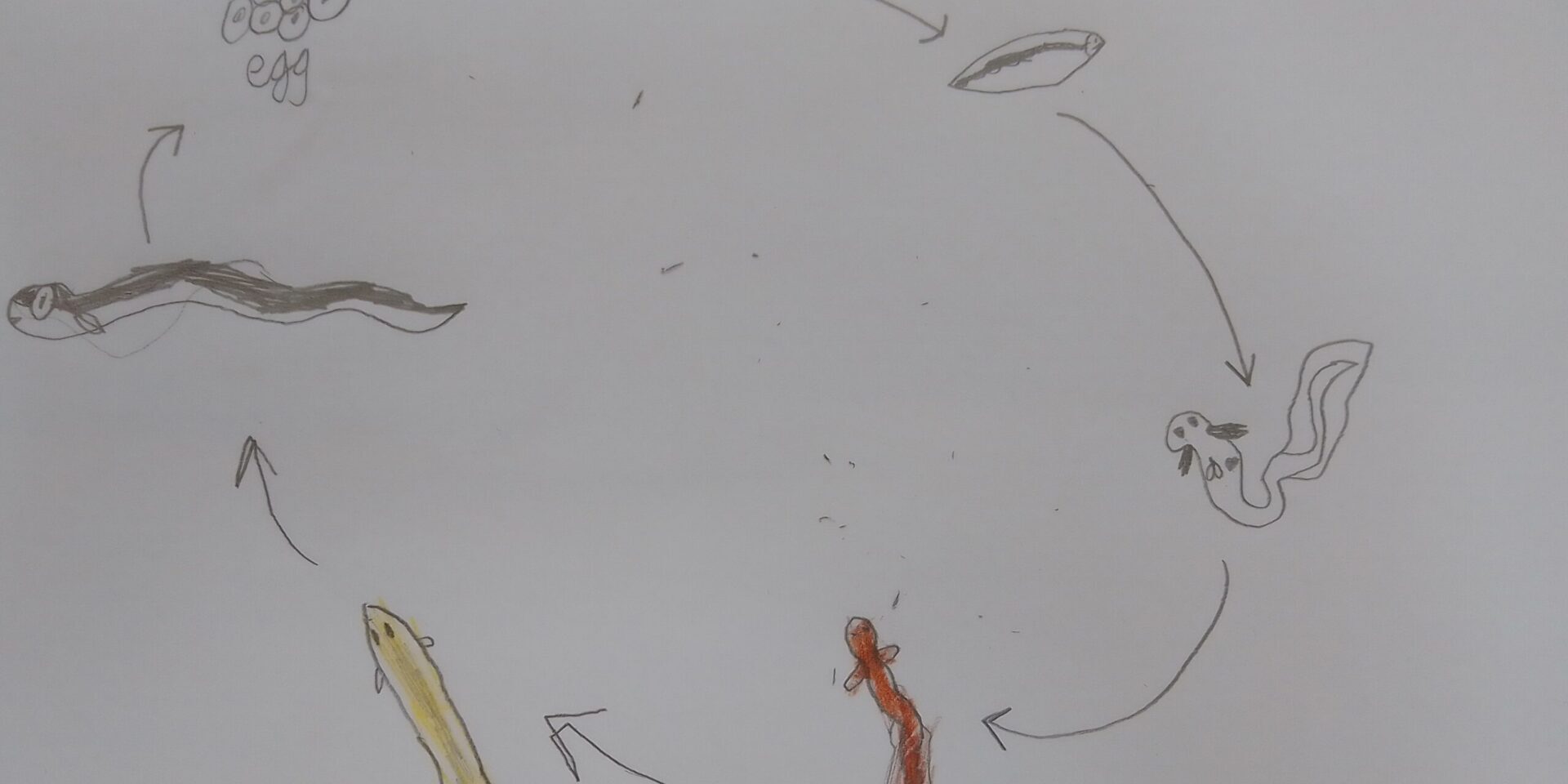Once again, rare and elusive eels came to visit school children across several schools in the Bristol Avon catchment, teaching them about the importance of conserving our local rivers and the wildlife that depends on them.
European eels are in desperate need of conservation efforts to ensure their survival in our local rivers and are not only one of the most endangered species in the United Kingdom, but they are also one of the most elusive and mysterious. Despite being Critically Endangered they are seldom talked about, and until recently, little was understood around their lifecycle. For example, it was only confirmed in 2022 that European Eels spawned in the Sargasso Sea after mature ‘Silver’ European eels were discovered to have made the 4000-mile journey to spawn.
Eels were once a common and popular fish to catch to make eel pies and jellied eels, but they have been gradually declining since the 1970s due to overfishing and migration barriers, such as weirs, preventing eels moving throughout rivers to find suitable habitat and avoid predators. A fifteen-year study of European eels in the Bristol Channel published in 2012 found that since the 1980s, on average eel populations have declined by 15% each year. Leaving the population of eels at the time of the study’s publication at only 1% of 1980s numbers.
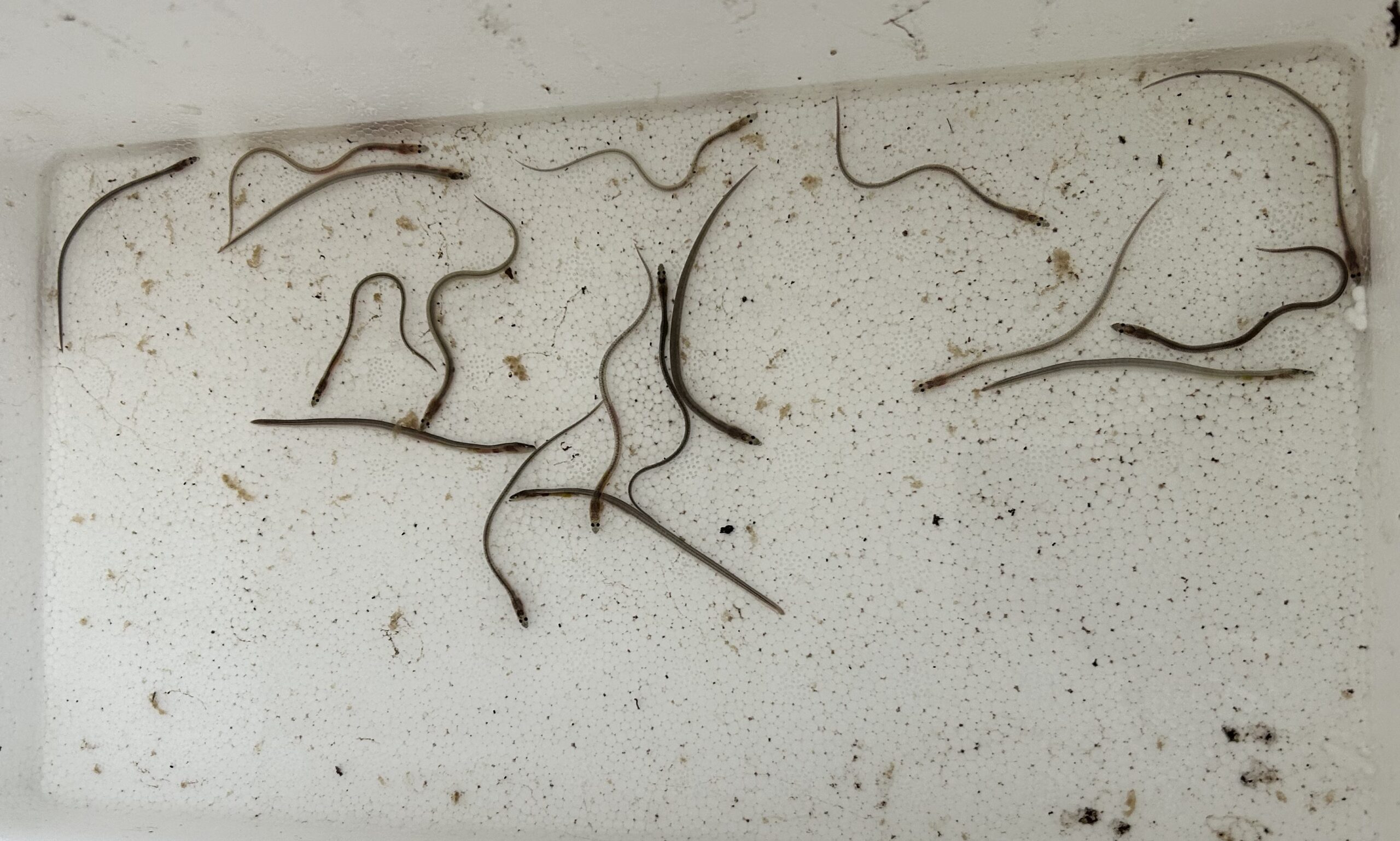
BART’s ‘Eels in the Classroom’ project runs every year across several primary schools within the Bristol Avon Catchment. The scheme covers local conservation and environmental protection issues, and connects children with the British wildlife that makes its home in the green and blue spaces found within their community.
This year children from six schools within the Bristol Avon catchment were invited to take care of young Critically endangered European eels over the course of four weeks within their classroom. Taking care of them from semi-transparent seafaring ‘glass eels’ which arrive from across the Atlantic to British shores each Spring, to young elvers (juvenile eels), up to 5cm in length and ready to migrate upstream where they’ll remain for most of their lives as ‘Yellow’ eels.
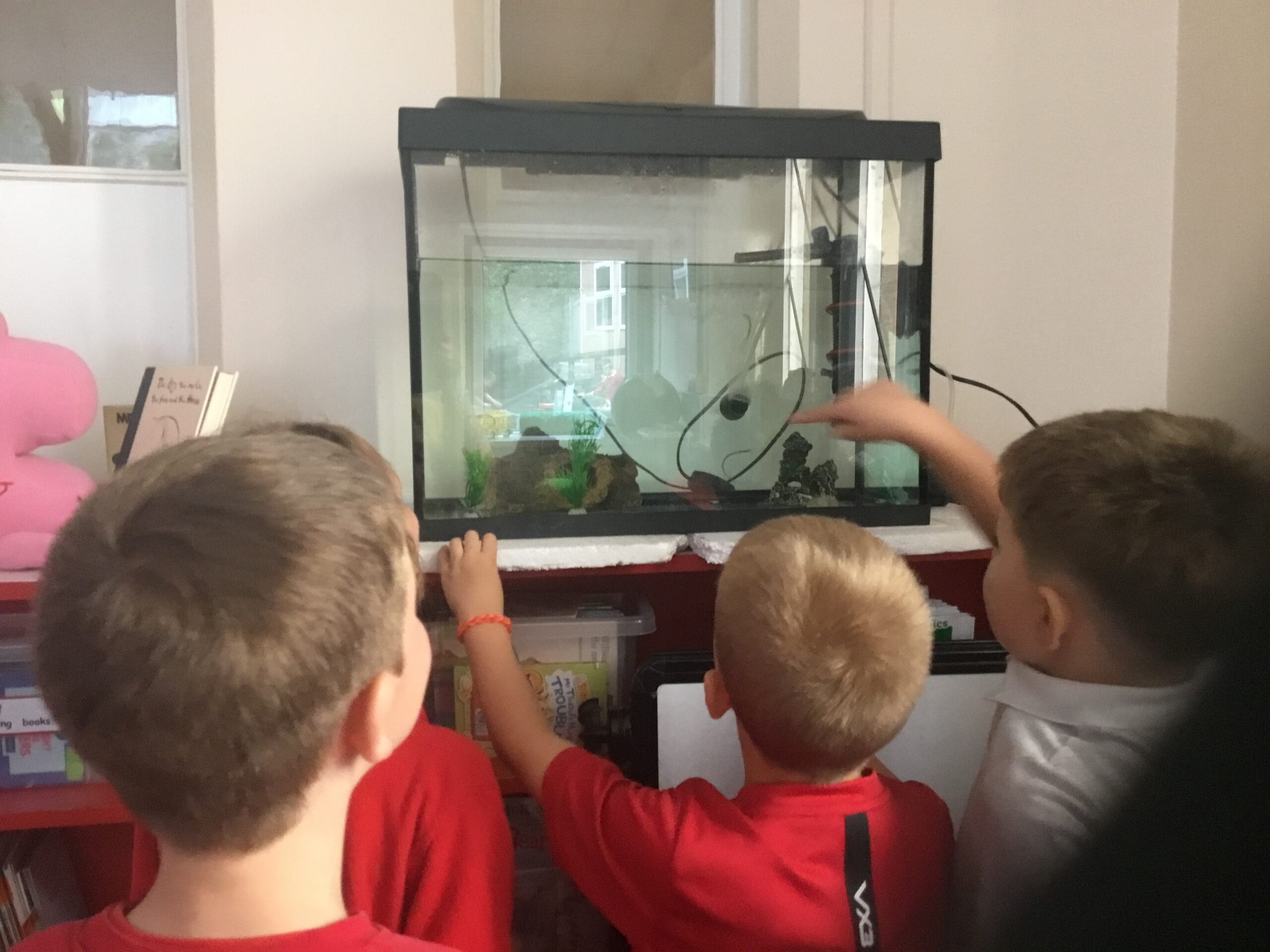
In class activities
During the eel’s stay the children got to know their eels better though three workshops, these included taught lesson content and fun activities. The first workshop introduced the children to their eels and the responsibilities they were to take on to look after them including the eels needs and how to maintain their tank. The pupils were given a daily rota to ensure the tank was kept clean, basic health checks were carried out and the eels were fed regularly. This gave the children a chance at taking on the responsibilities associated with looking after their new ‘class pets’. The second workshop taught the children about the fascinating life cycle of the eels, the different life stages they go through, the habitats they live in, and the migration’s they go through.
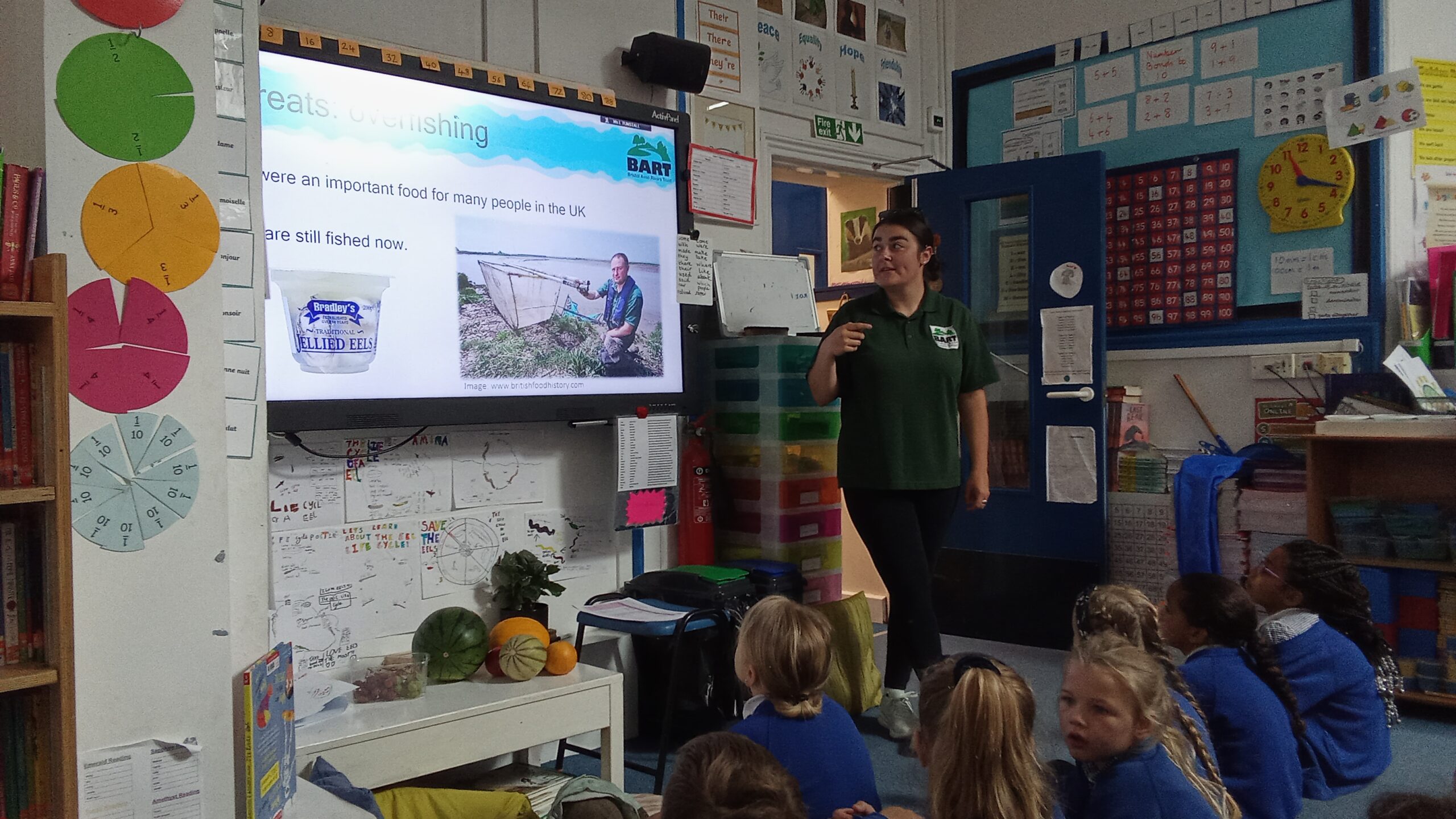
The final workshop covered the threats that eels face in the wild, these include overfishing, water pollution, river barriers, habitat loss and climate change. The children were also taught about some of the actions that can be taken to help eel conservation such as fishing control and removing barriers to unlock additional habitat currently inaccessible to them. Throughout the workshop the children were taught how these conservation actions to help the eels also benefit other wildlife, introducing them to holistic thinking in conservation.
Releasing the eels
At the end of their final workshop the children watched their eels be released into the wild. They were taken to a nearby accessible waterway that would be suitable for the eels to be released in. This year the Cam Brook, Patchway Brook and River Sheppey were selected as release sites. The children got the chance to say their last goodbyes to their eels, showing great excitement in seeing their eels swim out of their transport container and into the stream. For some this was quite an emotional moment, watching their beloved class pets go back into the wild. It was clear that for many of the children this would be an important memory that they will carry with them into adulthood and hopefully as future conservationists. In total over 100 eels were successfully released back into the wild.
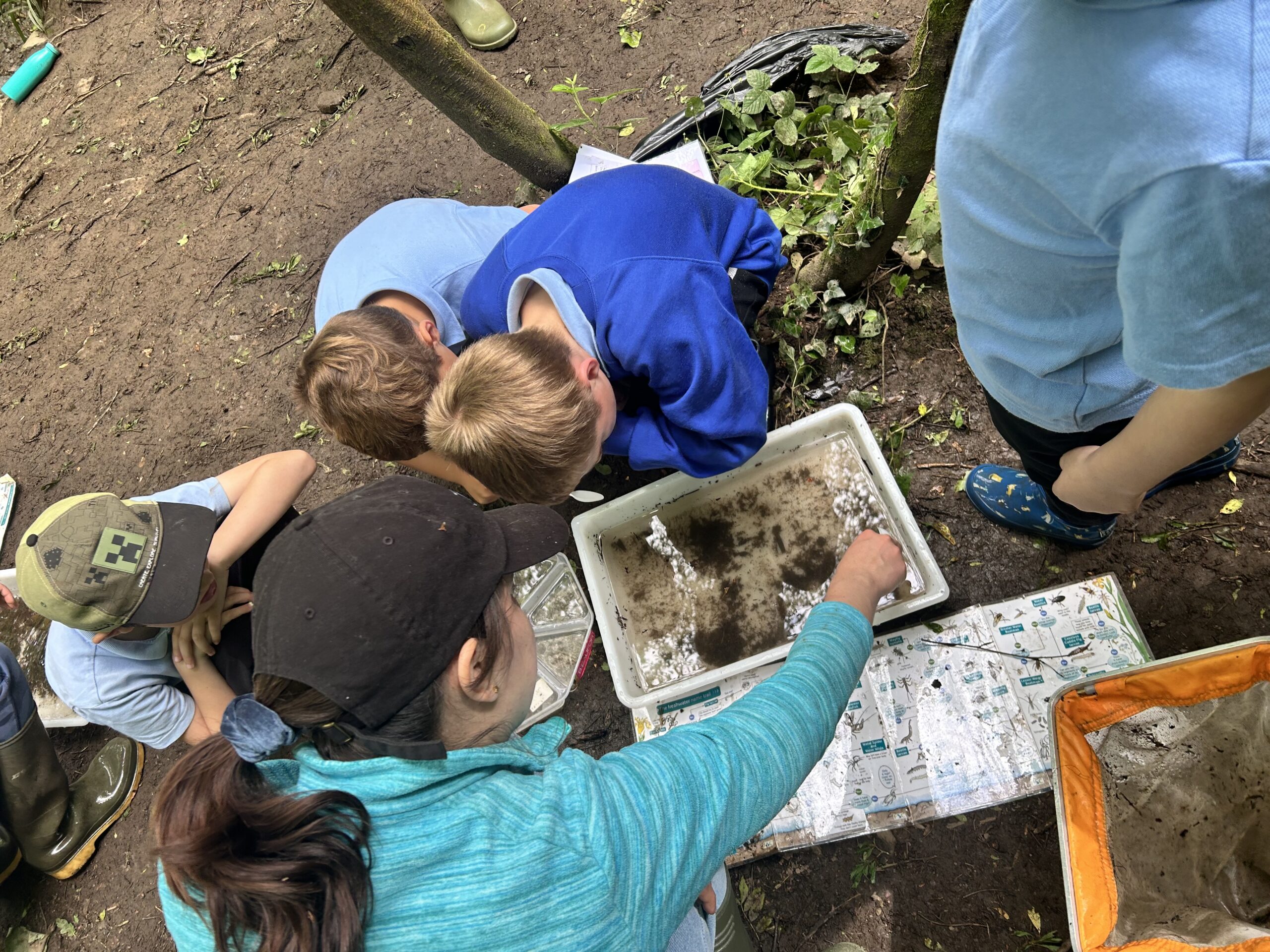
Following the release, the children were also guided in a river dipping activity, where they got a chance to discover the myriads of small beasties that the eels share their home with, learning how to identify them, and how BART uses them as indicators of river health.
Overall, the Project proved very successful in engaging primary aged children in conservation and protecting our waterways, importantly by getting them to learn about and connect with a critically endangered Priority species that is often regarded as less charismatic than other British fauna. The young eels have proven to be excellent ambassadors to Britan’s rivers, and in turn they have inspired a new generation of young human ambassadors for nature.
A special thanks to the Environment Agency, Wessex Water and the Wild Trout Trust for funding and supporting this year’s Eel’s in the classroom project.


